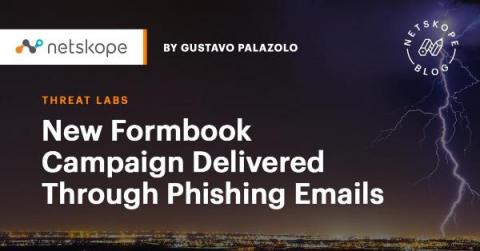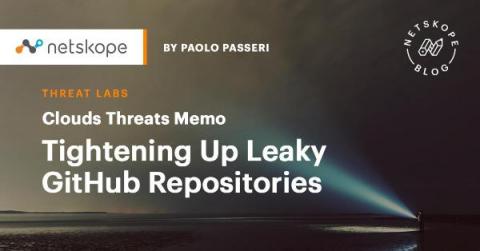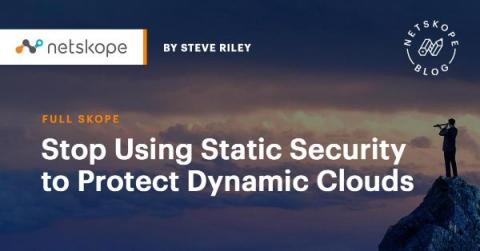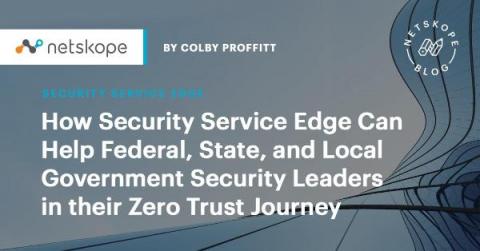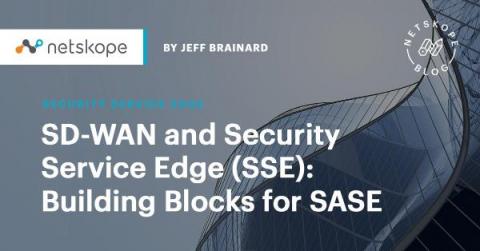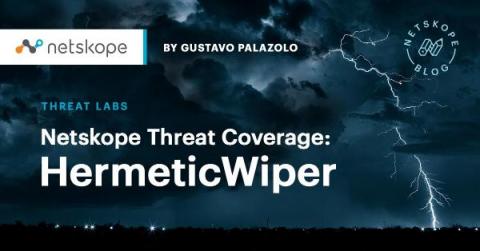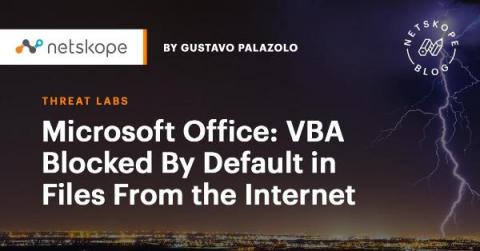New Formbook Campaign Delivered Through Phishing Emails
Since the beginning of 2022, the unfolding geopolitical conflict between Russia and Ukraine has resulted in the discovery of new malware families and related cyberattacks. In January 2022, a new malware named WhisperGate was found corrupting disks and wiping files in Ukrainian organizations. In February 2022, another destructive malware was found in hundreds of computers in Ukraine, named HermeticWiper, along with IsaacWiper and HermeticWizard.


